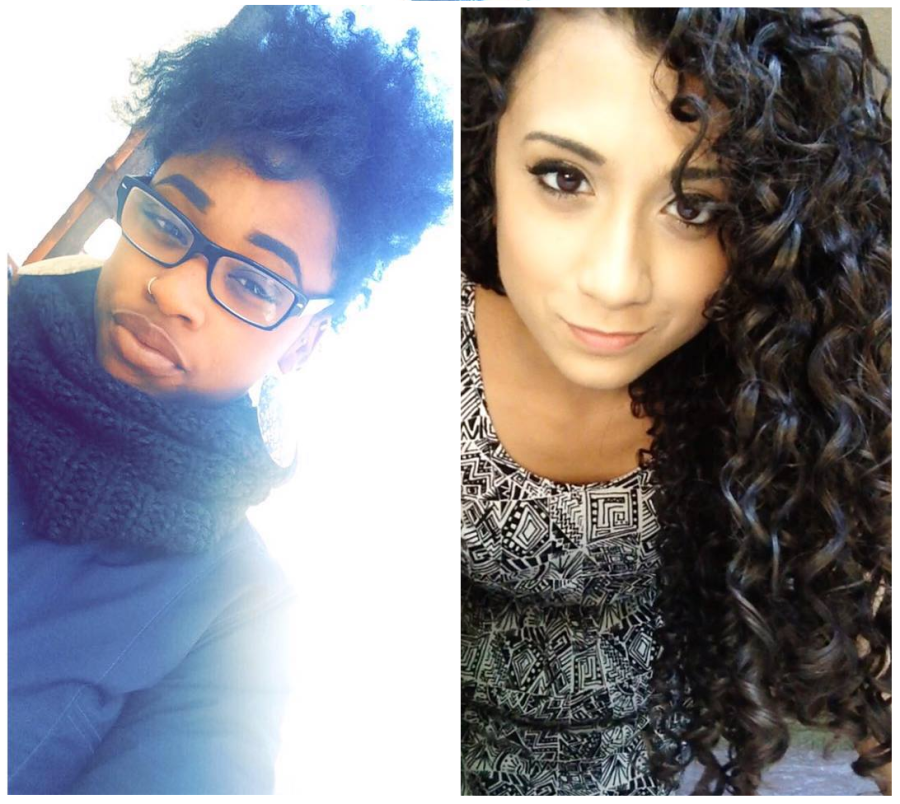Think back to those dark, dark days when you’ve come back from the hair salon in tears because your stylist—the 50th you’ve tried—utterly butchered your unruly, naturally springy hair. All of us with curls have been there.
We’ve all struggled to fight off a swath of frizz once the air gets the slightest bit humid; entered the warzone that is brushing or combing down the ever-resilient poof of hair; and, the creme de la crop of curly hair struggles, gone through the tedious process of taking a straightening iron to it.
I’ll take this to a personal route and tell you the reality of it: it has taken me 18 of my 20 years to realize my curls weren’t birthed from the fires of hell. And the only way I figured that out was by working with them, not against them.
The thing all of us do wrong at one point or another is convince ourselves that curly hair can withstand the same kind of things straight hair can. That curls can be cut, washed, and managed the same way straight strands can.
What you need to internalize is that, in the same way particular cars can only use particular types of gasoline, curls can only use particular types of products and treatments.
For one thing, curls don’t usually get oily, but they sure as hell get dry. This goes for all the types of curls out there—gentle waves, springy corkscrews, and tightly coiled. Your hair just wants one thing, and it’s moisture.
Based on the system created by Oprah Winfrey’s widely acclaimed stylist Andre Walker your curls can range from type 1, completely straight, to type 4a-c, completely kinky.
I fall in the 3a/b category: thick, defined S-patterns mixed with corkscrews. Following the work of Michele Bender, Lorraine Massey, and Deborah Chiel in their book “Curly Girl: The Handbook,” I discovered that curls need to be cut at a particular, special angle, and cut dry, unlike straight hair,and unlike what most stylists do.
First thing’s first, find a stylist trained in what is called the “Deva cut,” so that your hairstyle fits the natural shape of your hair.
Choose your products keeping in mind that curly hair cannot handle the sulfates and silicones that are in almost all commercial and salon shampoos and conditioners.
Mind you, these chemicals are horrible for all hair types, but especially bad for curls because of how drying they are. Your products should have as many natural ingredients as possible listed at the top of the ingredients list. My tried-and-true brand is the DevaCurl brand.
I like to use the No-Poo Shampoo, the One Condition conditioner, the Light Defining Gel, and the Giovanni Direct Leave-In Weightless Moisture conditioner. In the shower, I keep my hair flipped upside down, and scrunch in all my products with an upwards motion to encourage the natural shape of my curls. When drying my hair, I do not use a regular towel, as it creates more frizz. I keep it simple and use a 100% cotton t-shirt and a blow dryer (key: with a diffuser attached) to dry my hair.
Lora Adriana, a sophomore at the University of Massachusetts Boston, has natural 4c hair, which is especially thick. Lora got her hair relaxed when she was 12-years-old, and didn’t begin her natural hair journey until after chopping her long hair.
“There are 3 main staples to my hair care regiment,” she says.
“One, wash and go—the easiest way to maintain my hair. It’s exactly as it sounds, after washing and conditioning my hair, I apply product to moisturize it and hold the curl and go. Simple.
Two, twist out or braid out. This style takes a little more effort. After washing, conditioning, and moisturizing my hair, I put twists or braids in. I usually leave it in for a night to achieve a wavy look.
Three, protective styling. This is perhaps my favorite way to go about styling my hair, and there are so many ways to go about it. My favorites are sew in weaves, Senegalese twists, faux locs, and crotchet braids. All of these techniques require different amounts of effort, but to do them yourself, they do take up quite a bit of time.”
As a rule of thumb, Lora uses absolutely zero heat and moisturizes her hair daily.
Aidan Thomas, another 4c girl here at UMass Boston, is profoundly attentive to her hair’s need for room to breathe. She realizes that most hair, especially curls, actually benefit from fewer washings.
“Not gonna lie, I wash it like once every two weeks. If I wash it more than that it’ll fall out,” she says.
Aidan starts with what she calls “prepoo,” in which she lets conditioning products remain in her hair for about an hour before washing. After washing, she leaves in a deep conditioning treatment for an hour, then rinses it out.
“I put my hair in sections and put in leave-in, oil, and cream in that order. I band them and wear a scarf for two days so it can dry completely,” she says.
Aidan uses Cantu Shea butter leave-in, regular olive oil, and one of two creams: Shea Moisture curl enhancing souflee or olive oil hair lotion.
“I think natural hair brings you closer to yourself,” she says. “But I don’t really see a problem with wearing a weave because who doesn’t like to switch it up from time to time?”
As Lora and Aidan point out, experimentation is just as important as considering what products you use and how. Above all, remember that your curls are a big part of who you are, and a beautiful part at that. There is no need to try to force them to behave like anyone else’s hair. You were given a glorious, wild, and sexy gift that will give back tenfold after some of your love and attention. Embrace it!
Tips for Embracing Curly Hair
February 14, 2015





















































